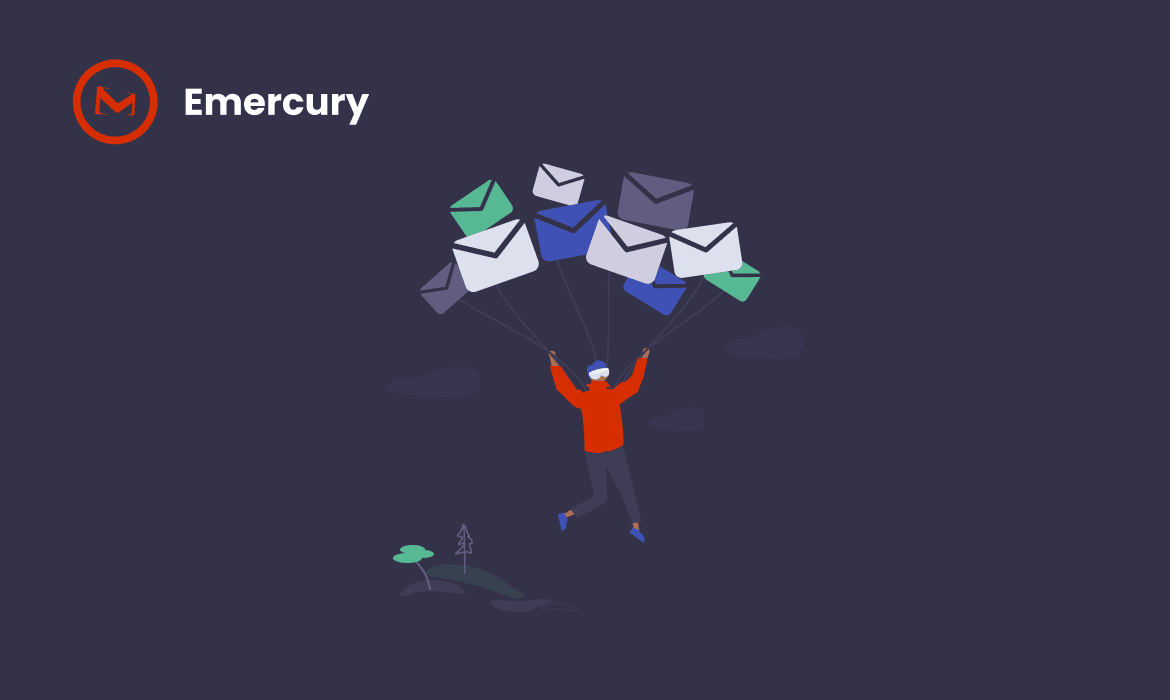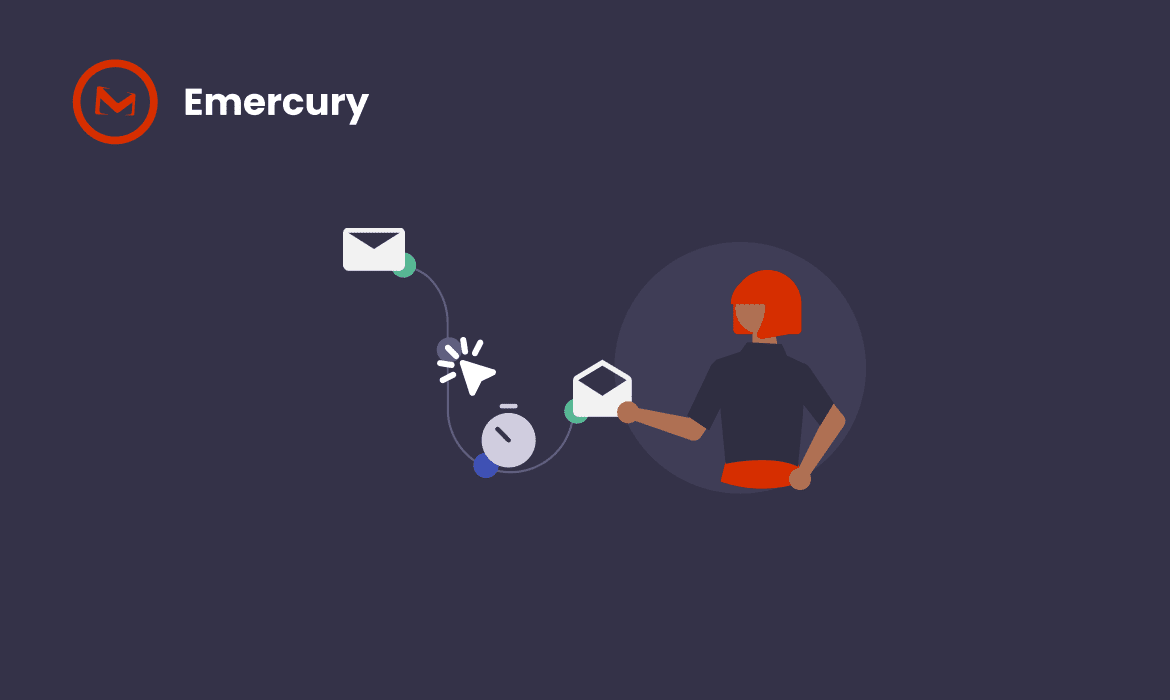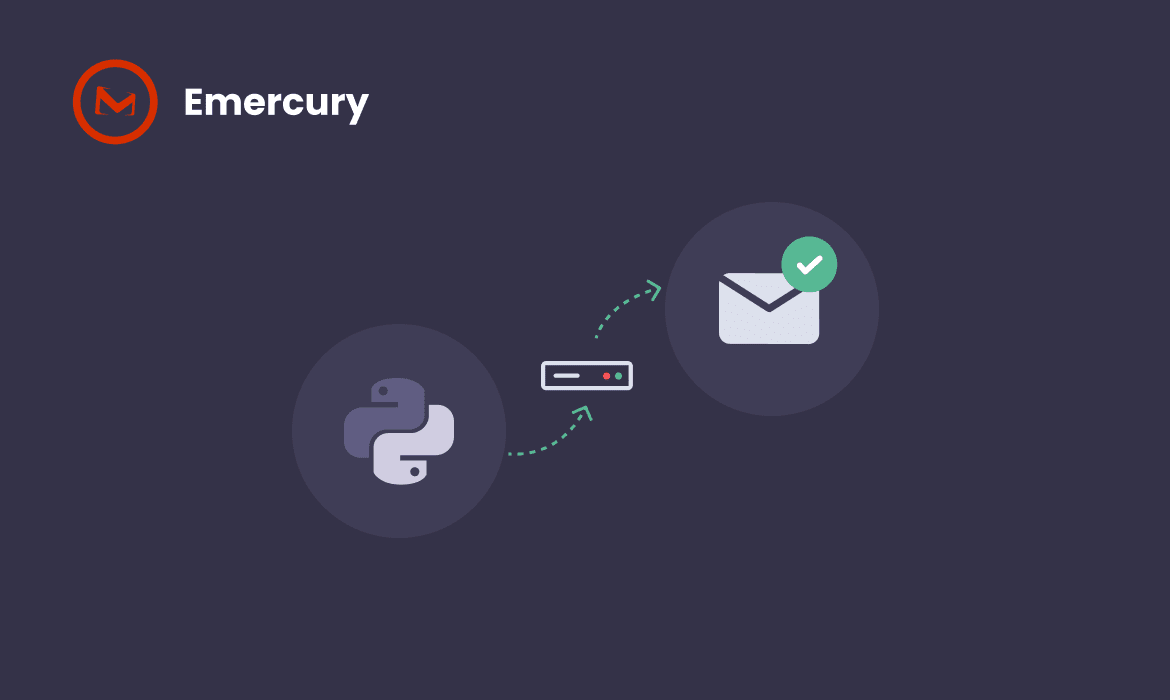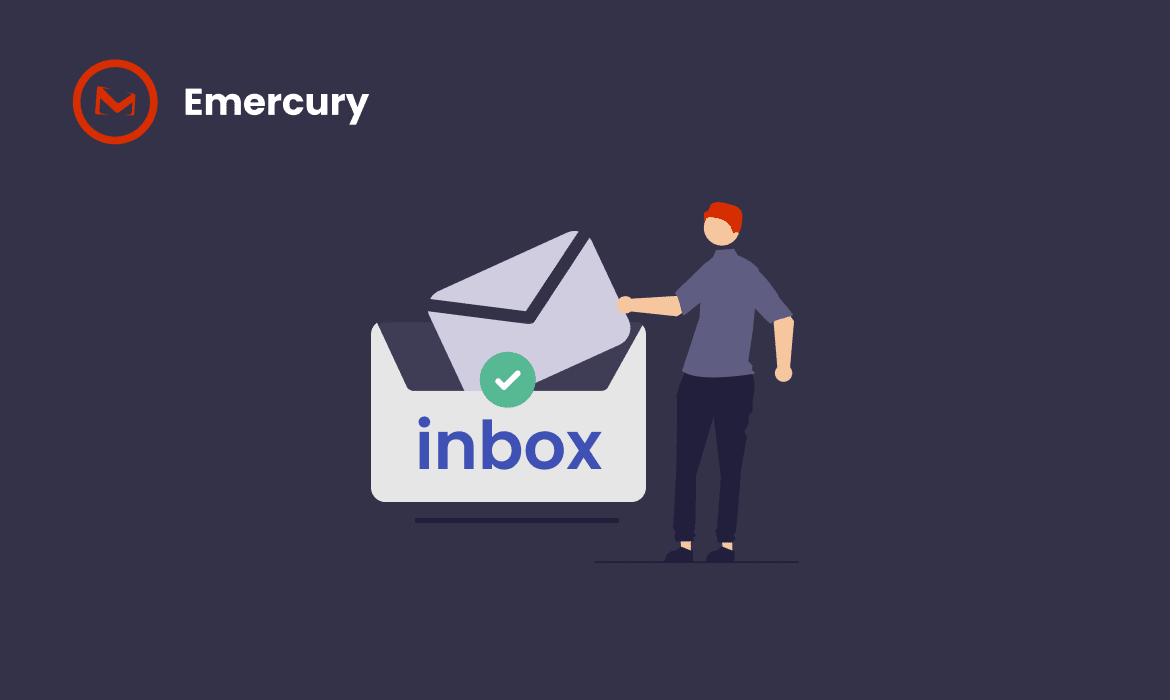Want to make money while you sleep? That’s not just a late-night infomercial promise – it’s what happens when you nail your affiliate email sequences. Some affiliates report earning commissions 24/7 from sequences they set up months ago.
Email sequences work like your personal sales team – nurturing leads, building trust, and closing deals automatically. Best part? You own your list completely, unlike social media where algorithms control your reach.

In this comprehensive guide, we’ll walk through everything you need to know about creating effective email sequences for affiliate marketing in 2025. From understanding different types of sequences to crafting compelling templates, we’ll cover the essential strategies that turn your emails into revenue-generating assets.
Whether you’re just starting out or looking to optimize your existing approach, this guide will help you build trust first, then promote with purpose – the cornerstone of successful affiliate email marketing.
Understanding the Types of Email Sequences
Effective email sequences are the backbone of successful affiliate marketing campaigns. Different sequence types serve unique purposes throughout the customer journey, from initial contact to repeat purchases. Let’s explore the five essential email sequences every affiliate marketer should master.
Welcome series
Your welcome series is make-or-break time. These emails hit when subscribers are most excited about hearing from you – right after they sign up. That’s why 75% of marketers send welcome emails immediately. Delaying even by a day can significantly reduce engagement opportunities.
A well-structured welcome series typically contains 4-6 emails, though the average across industries is approximately 6.45 emails. The sequence should introduce your brand, deliver promised value, and set clear expectations about future communications.
Welcome emails crush it with open rates – often double or triple your regular emails. Use this attention wisely. While most experts say ‘don’t pitch in welcome emails,’ testing is key. Some affiliates see success with soft mentions of products even in early emails – but always test what works for YOUR audience.
Product launch series
Product launch sequences turn curiosity into cash. Here’s the proven formula:
- Teaser email (two weeks before launch): Create curiosity without revealing too much
- Pre-launch email (one week before): Provide more details and highlight key benefits
- Launch email (on launch day): Make your big announcement with clear CTAs
- Follow-up email (2-3 days after launch): Remind those who haven’t acted yet
- Last chance email (1-2 days before offer expires): Create urgency
The goal? Build hype that converts to sales using education, proof, and urgency. Most sales occur at the end of the sequence, so maintain persistence throughout the campaign.
Affiliate promotion series
Affiliate promotion sequences require careful balance between providing value and promoting products. A successful affiliate email sequence might follow this structure:
- Welcome email
- Content addressing audience pain points
- Solution-focused content (no affiliate links yet)
- Solutions with natural affiliate link placement
- More informative content
- Additional solutions with embedded affiliate links
Crucially, avoid including affiliate links in your first email. Building trust before promotion makes conversions much easier later in the sequence. Each email should serve a distinct purpose while complementing the others in your campaign.
Upsell and cross-sell series
Upsell and cross-sell sequences target existing customers, which is significantly more efficient than constantly acquiring new ones. While upselling promotes upgraded versions of current products, cross-selling introduces complementary offerings.
A standard upsell/cross-sell sequence consists of 4-5 emails over a two-week period. The sequence typically includes:
- New feature/offering introduction
- Benefits or exclusive offers
- Social proof through testimonials or case studies
- FAQ addressing common objections
- Final nudge to try the feature or book a demo
For SaaS businesses, timing these sequences is crucial – typically between 6 months to 1 year after initial purchase. When done right, these campaigns can substantially increase customer lifetime value.
Abandoned cart series
With average cart abandonment rates reaching 74.7%, recovery sequences represent massive revenue potential. These emails remind shoppers about products they left behind and encourage purchase completion.
Research from Rejoiner shows sending the first follow-up email one hour after abandonment yields a 16% conversion rate. A three-part sequence is most effective:
- First email: One hour after abandonment
- Second email: One day after abandonment
- Third email: Three days after abandonment
Moreover, abandoned cart emails achieve a remarkable 41.18% open rate – nearly double the 21% average for standard marketing emails. Each email should include product images, clear CTAs, and possibly incentives like free shipping or discounts to overcome purchase barriers.
Mastering these five email sequence types enables affiliates to nurture leads effectively at every stage of the customer journey, ultimately driving more consistent revenue through strategic, automated communication.
How to Write Each Type of Email Sequence
Creating effective affiliate marketing email sequences requires understanding the nuances of each type. Let’s examine how to craft emails that engage, convert, and drive revenue throughout the customer journey.
Tone and structure for welcome emails
Welcome emails are your golden ticket – they get opened way more than regular emails (think 50%+ open rates). Don’t waste this chance.
Keep welcome emails friendly but not fake. Write like you’re talking to a new friend, not giving a PowerPoint presentation. Personalization is crucial here—emails with personalized subject lines increase open rates and engagement while lowering unsubscribe rates.
Structure your welcome emails with these essential elements:
- A clear value proposition (avoid immediate promotions)
- Personalized messaging that speaks directly to the subscriber
- Explicit expectations about email frequency and content
- A reminder to add your address to their safe senders list
- A single, prominent call-to-action
Remember to send welcome emails immediately after subscription. Automating this process ensures your messages arrive when interest is highest, optimizing conversion chances.
How to introduce affiliate products
Nobody likes being sold to right away. Start by showing you get their problem. For instance, begin with: “Hey [Name], I know how tiring it can be to spend hours in the kitchen after a long day” rather than immediately promoting a kitchen gadget.
Always lead with benefits, not features. Compare “This blender makes smoothies in seconds, perfect for busy mornings” (benefit-focused) versus “This is a high-speed blender with stainless steel blades” (feature-focused).
Pro tip: Keep affiliate links out of your first email. Build trust first, sell second. Building trust before promotion makes conversions significantly easier later in your sequence.
Using urgency and scarcity effectively
Urgency and scarcity are powerful psychological triggers that prompt immediate action in your affiliate marketing email sequence. To implement these effectively:
- Use limited-time offers with specific deadlines (e.g., “Ends Tuesday at 11:59 p.m.!”)
- Keep promotional windows short (24-48 hours maximum) for plausibility
- Implement countdown timers that visually reinforce urgency
- Highlight dwindling inventory with phrases like “Only 12 Discounts Remaining”
For maximum impact, place urgency elements prominently in the upper half of your emails and follow up with last-minute reminders to re-engage prospects before deadlines expire.
When to use testimonials and social proof
Testimonials and social proof are underutilized yet extremely effective elements in affiliate marketing email sequences. Consider these statistics: 93% of consumers read reviews before making purchases, and 72% say positive reviews make them trust businesses more.
Include testimonials in these strategic places within your email sequence:
- Welcome emails: Build trust immediately with authentic feedback
- Promotional offers: Showcase others’ positive experiences with affiliate products
- Abandoned cart emails: Use social proof to overcome purchase hesitation
- Post-purchase communications: Reinforce buying decisions with positive reviews
Testimonials work best when they’re specific and relatable to your target audience. Include visual elements such as customer photos or screenshots of social media mentions to make social proof more engaging and impactful.
For affiliate marketers seeking to maximize results from their email sequences, Emercury’s automation tools and journey builder offer powerful solutions for implementing these strategies at scale, turning your emails into revenue-driving engines.
Affiliate Marketing Email Templates That Work
Having effective templates is essential for your affiliate marketing email sequence success. Let’s explore ready-to-use templates that drive results across different stages of your affiliate marketing journey.
Affiliate welcome email template
The welcome email sets the tone for your entire affiliate relationship, with 86.03% average open rates—making it your most valuable touchpoint. An effective affiliate welcome email includes:
Subject line: Welcome Aboard, [Affiliate’s Name]! Let’s Get You Started
Hi [Affiliate's Name],
Welcome to the [Your Brand] family! We're thrilled to have you on board and can't wait to see the amazing content you'll create.
To kick things off, here's everything you need to start:
- Your unique affiliate link: [Insert link]
- Access to our promotional material: [Insert resource link]
- Step-by-step guidelines: [Insert guidelines link]
Remember, we're here to support you every step of the way. If you have any questions, feel free to reach out.
Let's make some magic happen!
Cheers,
[Your Name]
Personalization is crucial in welcome emails—use the affiliate’s name and reference specific details about their application or website. Additionally, clearly outline commission structures, payment schedules, and marketing materials available.
Product promotion email template
Product promotion emails should feel authentic, not salesy. These templates work especially well when promoting products you genuinely use.
Subject line: A tool I swear by (and why you might love it too)
Hi [First Name],
I don't usually send product recommendations unless I truly believe in something, and this one's worth it.
I recently started using [Product], and it's been a game changer for [specific benefit]. Whether you're [target pain point] or just want to [desired outcome], this tool can really help.
[Affiliate Link] – Check it out here
Let me know if you try it out. I'd love to hear what you think!
Cheers,
[Your Name]
Why this works: It sounds like advice from a friend, not a pushy salesman. The casual, conversational tone makes the recommendation feel like advice from a friend.
Re-engagement email template
Re-engagement emails can reignite the interest of inactive affiliate partners through new incentives, success stories, and performance tips. These emails successfully win back approximately 10% of inactive subscribers.
Subject line: [First Name], let’s continue our talk about [service]
Hey [First Name],
I hope you're doing well. It's been a while since we last talked about [service].
There are exciting developments I'd like to share:
- We recently rolled out [new feature] that gives our users:
* [Benefit 1]
* [Benefit 2]
* [Benefit 3]
I think this is exactly what you've been looking for to help address [pain point].
If you're still interested, we'd love to give you an exclusive offer.
Looking forward to hearing from you!
Thanks,
[Your Name]
Remind them of the value your program offers and clearly articulate what they’re missing by highlighting recent success stories or business updates.
Sales email sequence examples
A complete sales email sequence typically includes 4-5 emails sent over a two-week period. Here’s a framework for an effective sequence:
- Initial outreach: Introduce the product with personalized observation
– Timing: Day 1
– Focus: Establish relevance to recipient’s situation - Value demonstration: Share case studies or success stories
– Timing: Day 3-4
– Focus: Prove benefits with specific examples - Objection handling: Address common concerns
– Timing: Day 7
– Focus: Overcome hesitations with FAQs - Urgency creation: Highlight limited-time offer
– Timing: Day 10-12
– Focus: Prompt action with specific deadline - Final reminder: Last chance notification
– Timing: Day 14
– Focus: Create FOMO with closing window reminder
Each email should include a single, clear call-to-action to guide recipients to the next step.
By implementing these templates with Emercury’s automation tools, you can create powerful affiliate marketing email sequences that consistently drive revenue while maintaining authentic connections with your audience.
How to Get and Grow Your Email List for Affiliate Email Marketing
Building an email list is the foundation for your affiliate marketing email sequence success. Even the most compelling email sequence won’t generate revenue without subscribers to receive it. First and foremost, let’s explore proven strategies to build and expand your affiliate marketing email list.
Lead magnet ideas for affiliates
Your lead magnet is the bait that hooks subscribers. Get this wrong and you’re fishing with an empty hook. Your lead magnet must offer genuine value aligned with your audience’s needs.
Effective lead magnets for affiliate marketers include:
- Educational content: Free ebooks, guides, email courses, or video tutorials related to your niche
- Practical tools: Checklists, spreadsheets, templates, or calculators that solve specific problems
- Exclusive offers: Discount codes, early access, or special deals for your promoted affiliate products
- Community benefits: Premium membership, free shipping, or product samples
- Entertainment options: Quizzes, giveaways, or interactive content that engages your audience
Align your lead magnet with your target audience’s interests. For example, a travel affiliate could offer a free guide on budget destinations, whereas a fitness affiliate might provide a workout plan.
Where to place opt-in forms
Strategic placement of opt-in forms dramatically impacts conversion rates. According to research, these locations drive the highest signup rates:
Above the fold – Position your opt-in form where visitors see it without scrolling, maximizing visibility.
Welcome gate – A full-screen popup that appears when users first visit your site can capture attention immediately.
Within blog posts – Readers who reach the middle or end of your content are already engaged and more likely to subscribe.
Sidebar – Many visitors naturally look to sidebars when seeking subscription options.
Exit-intent popup – These appear when visitors are about to leave your site, converting approximately 33% of total signups.
Footer – Visitors who reach your page bottom are typically highly interested in your offerings.
About page – Often among the most visited pages on any website, making it ideal for opt-in forms.
Don’t stop at one spot. Multiple opt-in opportunities throughout your site capture subscribers at different stages of their journey.
Using social media to drive signups
Social media platforms offer powerful channels for expanding your email list. Accordingly, promoting your newsletter across these platforms can significantly boost your subscriber base.
Leverage these proven strategies:
- Create platform-specific content – Tailor your lead magnet promotions to each social platform’s unique format and audience.
- Add clickable links – Include direct links to your signup page in your bio, captions, or stories.
- Craft compelling CTAs – Clear calls-to-action that explain the benefits of joining your list drive higher conversion rates.
- Run contests and giveaways – Make email signup a participation requirement, as 33% of contest participants are open to receiving brand information.
- Utilize targeted advertising – Social media ads allow precise demographic targeting to reach potential subscribers most likely to be interested in your affiliate offers.
Emercury’s automation tools integrate seamlessly with these list-building strategies, allowing you to immediately engage new subscribers with your affiliate marketing email sequence and transform these contacts into revenue opportunities.
Tools and Automation for Email Affiliate Marketing: Emercury
The right email marketing platform makes implementing your affiliate marketing email sequence dramatically easier and more effective. Emercury stands out as a platform specifically built for affiliate marketers by affiliate marketers, focusing on what truly drives results.
Forever Free Plan to get you started
Emercury offers a Forever Free plan that includes core features without the usual limitations of free tiers. This plan allows:
- Up to 2,000 subscribers and 12,000 emails monthly
- Access to essential email marketing tools
- No setup fees or expiration dates
- Broadcast messaging, autoresponders, and email automation
This plan gives beginners everything needed to start making affiliate commissions without breaking the bank. As your business expands, upgrading unlocks unlimited features, custom branding, and dedicated account management.
Automation and Journey Builder
Emercury’s Journey Builder transforms how you engage with prospects through your affiliate marketing email sequence. This tool allows you to:
- Start campaigns based on specific lead behaviors
- Create highly customizable responses to virtually any situation
- Build complete customer journeys that nurture leads automatically
- Connect seamlessly with over 2,000 apps and platforms
The automation studio enables you to execute simple or complex workflows that automate your marketing tasks based on criteria you configure. These automations can be triggered by specific events, scheduled for optimal timing, or initiated when certain conditions are met.
Content Scoring and List Analysis for Maximum Email Deliverability
Emercury prioritizes deliverability—crucial considering 45.6% of emails landed in spam folders in 2023. Their proprietary Content Scoring Engine evaluates your emails before sending, allowing adjustments that prevent triggering spam filters.
From the moment you import your list, Emercury provides comprehensive insights into its makeup, giving you a clear picture of which contacts are available for mailing. This immediate assessment helps you make a positive first impression with ISPs.
You also get real-time alerts for URL blacklisting, deferrals, content blocking, and authentication failures, alongside dedicated experts who guide marketers toward better engagement practices.
By focusing on deliverability first, Emercury ensures your affiliate offers actually reach inboxes, not spam folders—a critical advantage when each email represents potential revenue.
Avoiding Common Mistakes in Affiliate Email Sequences
Success in your affiliate marketing email sequence often depends on what you avoid as much as what you include. Let’s examine the most damaging mistakes and how to prevent them.
Don’t overload with promotions
Bombarding subscribers with constant promotional emails is a fast track to unsubscribes. Every healthy email relationship requires balance between what you give and what you ask for. Hard-sell emails may drive revenue initially but cause higher unsubscribe rates when overused.
Consider adopting the 80/20 rule—80% of your emails should provide genuine value through tips, educational content, or exclusive discounts, while only 20% should focus on promotions. This approach builds trust before asking for sales.
Remember that content-based emails are less likely to trigger unsubscribes even when sent frequently. Stick to one CTA per email. Multiple CTAs = confused readers = zero clicks.
Avoid spammy language and formatting
Nearly one in five emails gets caught by spam filters. These filters flag suspicious elements like:
- Excessive capitalization
- Colorful or different-sized fonts
- Broken HTML
- Missing unsubscribe buttons
- Link shorteners
- Poor text-to-image ratio
Spam trigger words related to exaggerated claims (“100% free,” “eliminate bad credit”), unnecessary urgency (“act now,” “limited time”), or shady behavior (“buy direct,” “this isn’t spam”) can doom your deliverability.
Maintain a strong sender reputation through consistent sending patterns, authentication protocols like DMARC/SPF/DKIM, and regular monitoring of metrics including open rates, click-through rates, and spam complaint rates.
Always disclose affiliate links
Transparency builds credibility. The Federal Trade Commission (FTC) requires clear disclosure when you’re promoting products through affiliate links. This disclosure should appear before any affiliate links so users understand your relationship with the company.
Proper disclosure doesn’t just keep you legally compliant—it actually strengthens trust. With 57% of consumers naming transparency as the most important value they seek, being upfront about your affiliate relationships creates stronger connections.
Place your disclosures as close to your recommendations as possible, ideally within the same paragraph. Use straightforward language like “This post contains affiliate links. If you click the link, I earn a small commission—at no extra cost to you”.
Conclusion: Build Trust First, Then Promote with Purpose
You’ve got the blueprint. Welcome sequences that build trust. Product launches that create buzz. Promotional emails that convert without being pushy. Now it’s time to put it to work. Each element works together to create a seamless customer journey.
Email list building serves as your foundation for success. Your carefully crafted lead magnets, strategically placed opt-in forms, and social media integration will continuously grow your subscriber base. These subscribers become your most valuable asset when nurtured properly.
Automation makes implementing these strategies significantly easier. Emercury stands out as a powerful solution specifically designed for affiliate marketers who need to transform emails into revenue-generating assets. Their journey builder and deliverability features ensure your messages reach inboxes rather than spam folders.
Remember to maintain balance between value and promotion. The most effective affiliate marketing email sequence follows the 80/20 rule—providing educational content first, then introducing relevant products that solve problems. This approach builds trust while maximizing conversions.
Always disclose affiliate relationships. It’s the law AND it builds trust. Honesty not only meets legal requirements but actually strengthens customer trust and loyalty over time.
Start implementing these strategies today. Begin with one sequence type, measure results, then expand as you gain confidence. The combination of valuable content, strategic promotion, and powerful automation will create an affiliate email marketing system that delivers results for years to come.
Key Takeaways
Master these essential strategies to transform your affiliate email marketing from basic promotion into a revenue-generating system that builds lasting customer relationships.
- Follow the 80/20 rule: Provide valuable content in 80% of emails, reserve only 20% for direct promotions to build trust before selling
- Implement five core sequences: Welcome series, product launches, affiliate promotions, upsell/cross-sell, and abandoned cart emails each serve unique purposes
- Build trust before promoting: Never include affiliate links in your first email; establish credibility through value-first content approach
- Use strategic automation tools: Platforms like Emercury’s Journey Builder automate complex sequences while maintaining high deliverability rates
- Always disclose affiliate relationships: Transparency builds stronger customer trust and ensures FTC compliance for long-term success
The most successful affiliate marketers understand that email sequences aren’t just about selling products—they’re about creating genuine relationships that naturally lead to conversions. When you prioritize subscriber value over immediate profits, you build an email list that becomes your most valuable business asset.
FAQ
- What is an affiliate marketing email sequence?
An affiliate marketing email sequence is a series of automated emails designed to nurture leads, build trust, and promote affiliate products over time. - Why are email sequences important for affiliate marketers?
They automate engagement, boost conversions, and build relationships, allowing marketers to generate revenue while focusing on other tasks. - Which email sequences are essential for affiliate marketing?
Key sequences include welcome series, product launches, affiliate promotions, upsell/cross-sell campaigns, and abandoned cart reminders. - When should I include affiliate links in my email sequence?
Avoid placing affiliate links in your first email. Build trust first, then introduce links naturally in later emails for better conversions. - What is the 80/20 rule in affiliate email marketing?
It means 80% of your emails should provide value (education, tips), while only 20% should be direct promotions with affiliate links. - How do I write effective affiliate email content?
Use personalization, tell stories, highlight benefits over features, and add social proof like testimonials to boost credibility. - How can I automate my affiliate marketing email sequence?
Use platforms like Emercury’s Journey Builder to trigger emails based on subscriber actions, preferences, and timing. - What common mistakes should I avoid in affiliate email sequences?
Avoid spammy formatting, over-promoting, skipping disclosures, and sending without proper list segmentation or testing. - How do I grow my email list for affiliate marketing?
Offer lead magnets, use strategic opt-in form placement, and promote signups via social media and content marketing. - Is it required to disclose affiliate links in emails?
Yes, the FTC mandates clear disclosures before affiliate links to ensure transparency and build trust with your audience.



